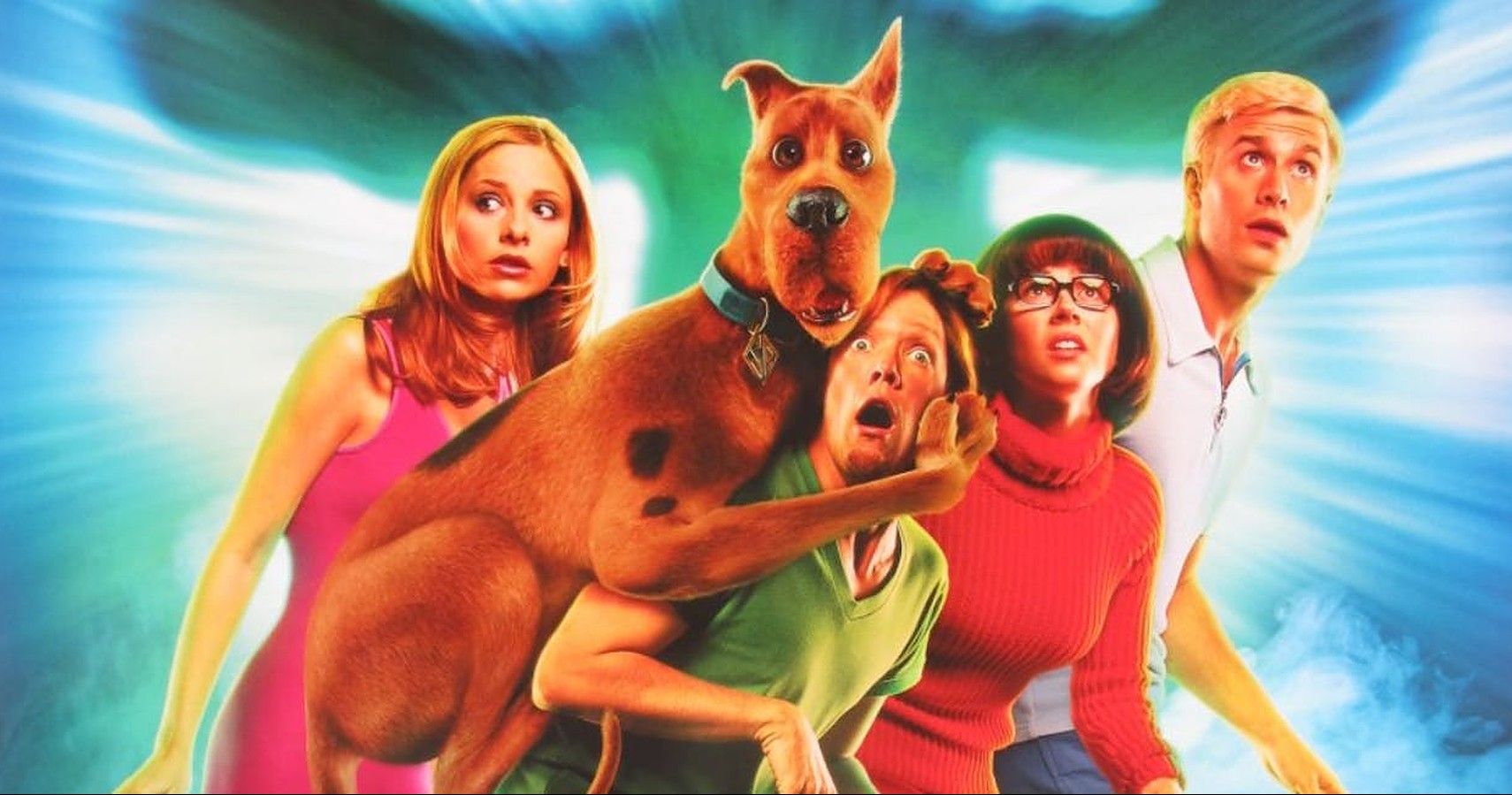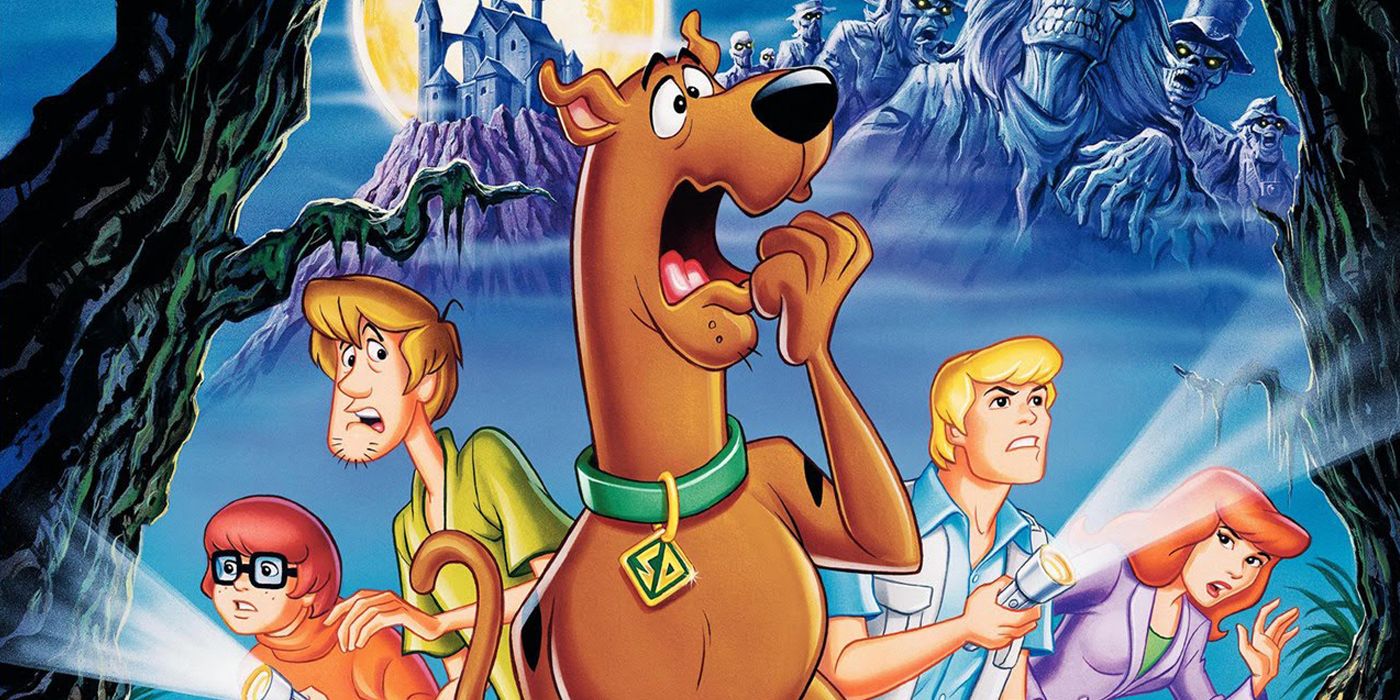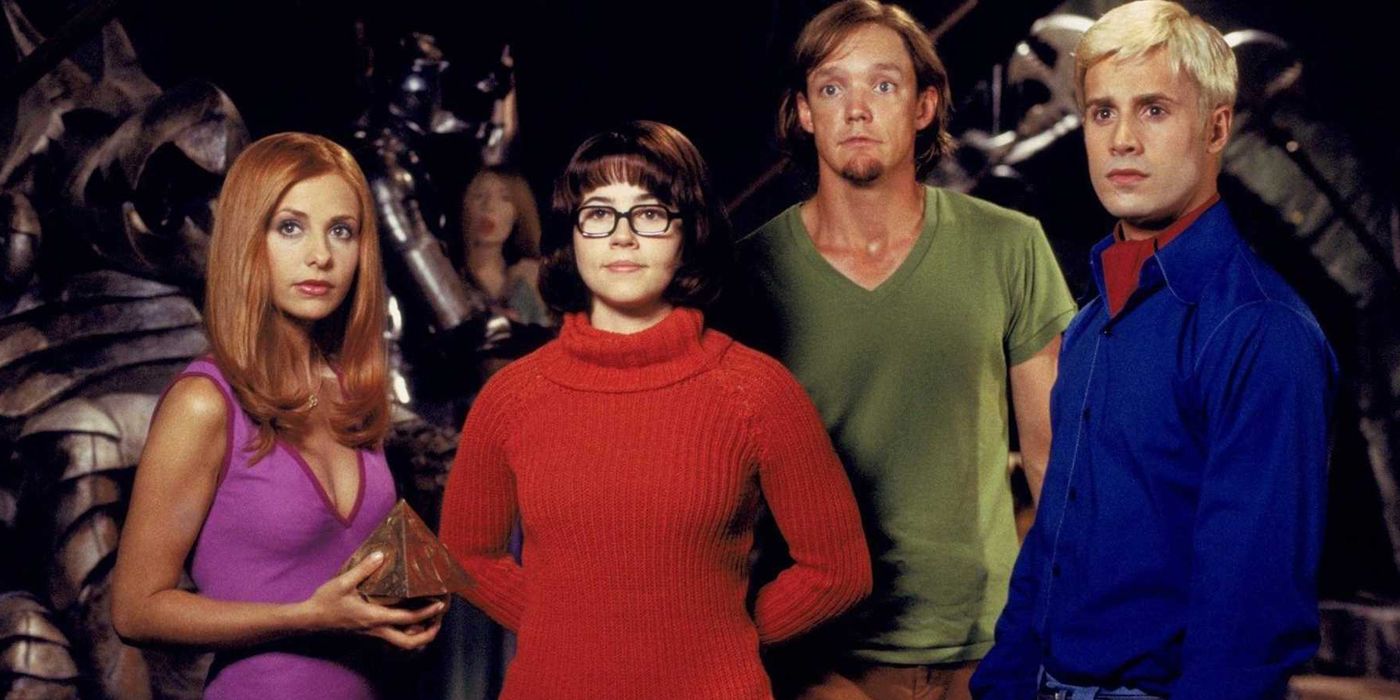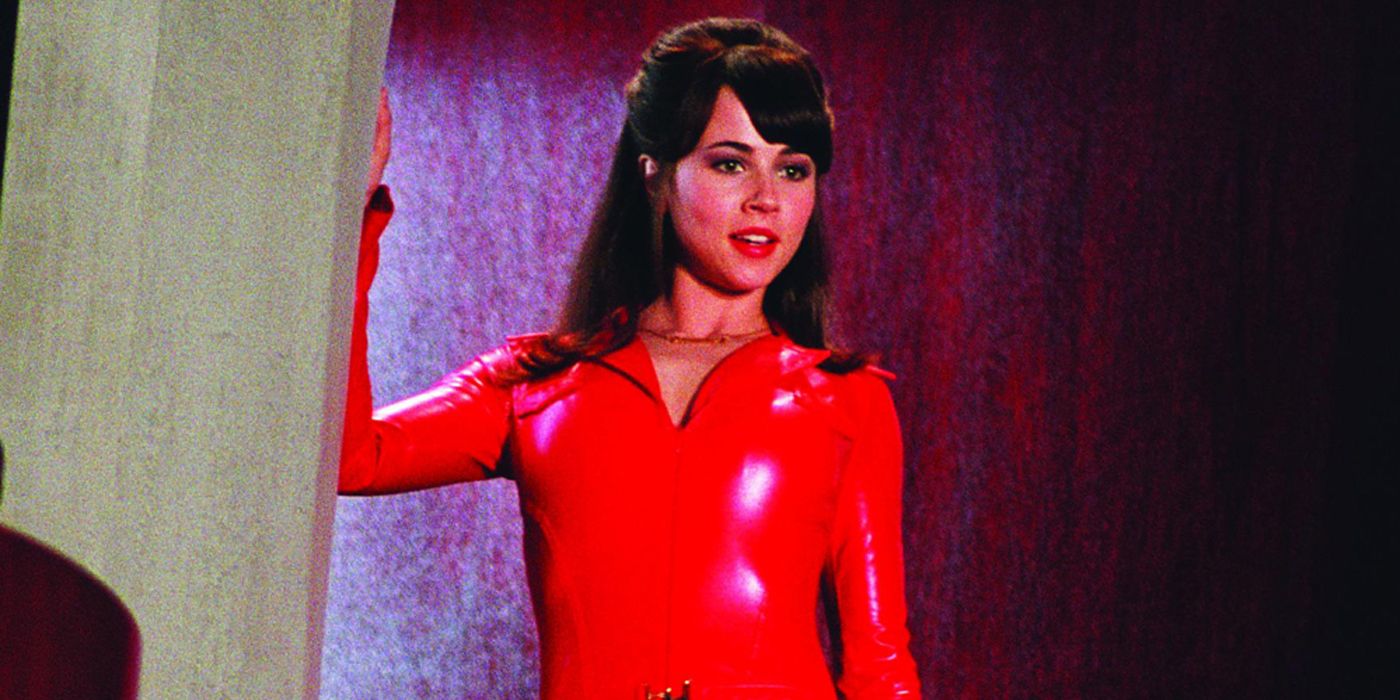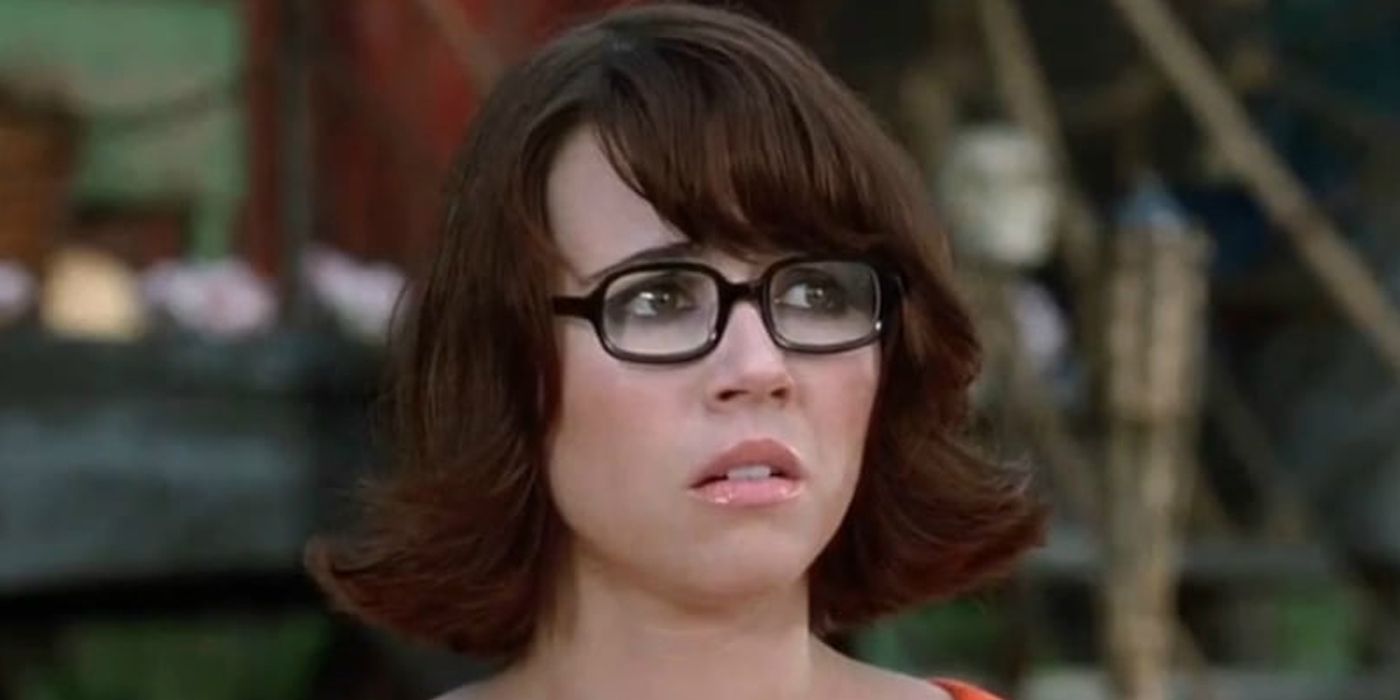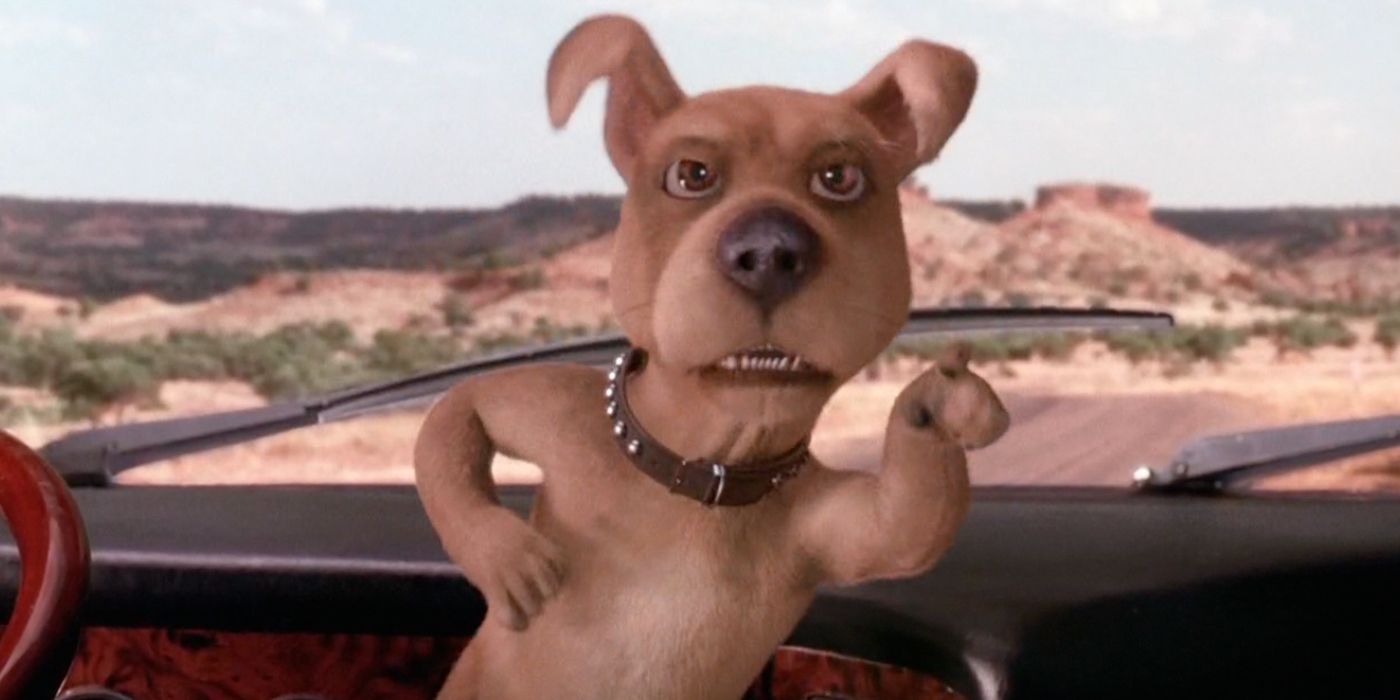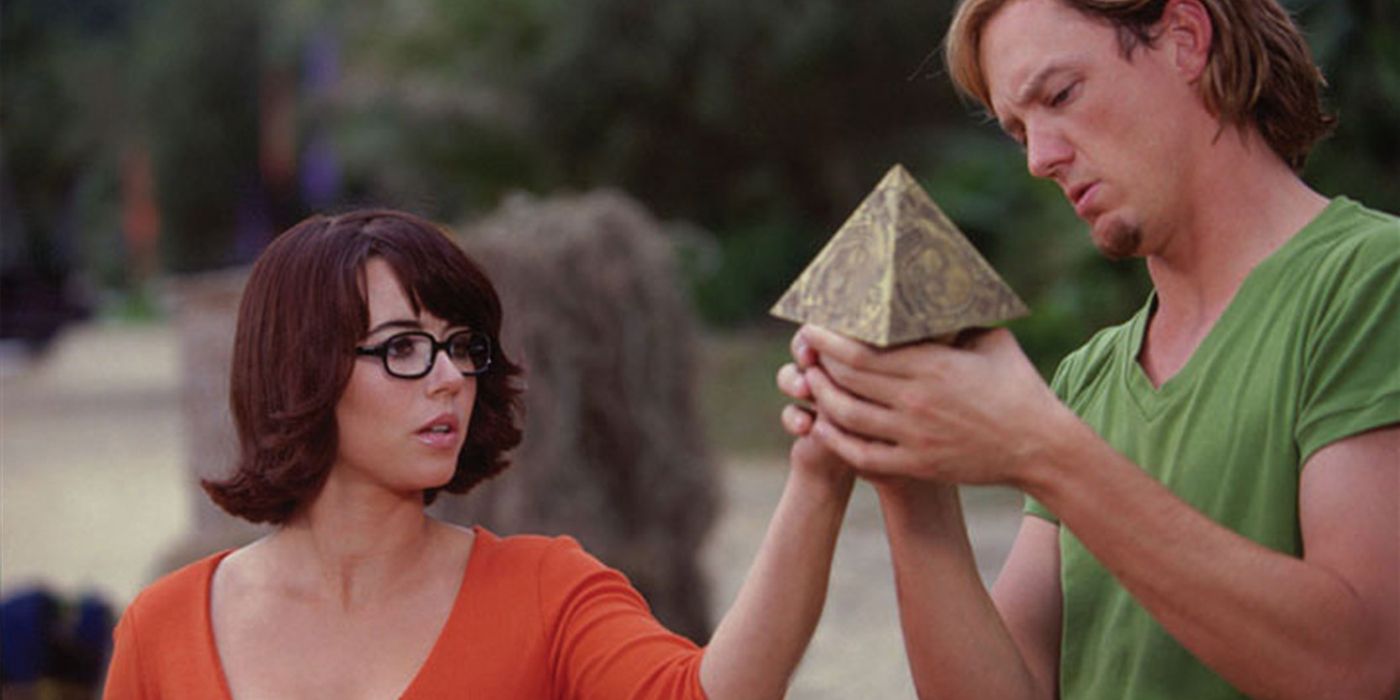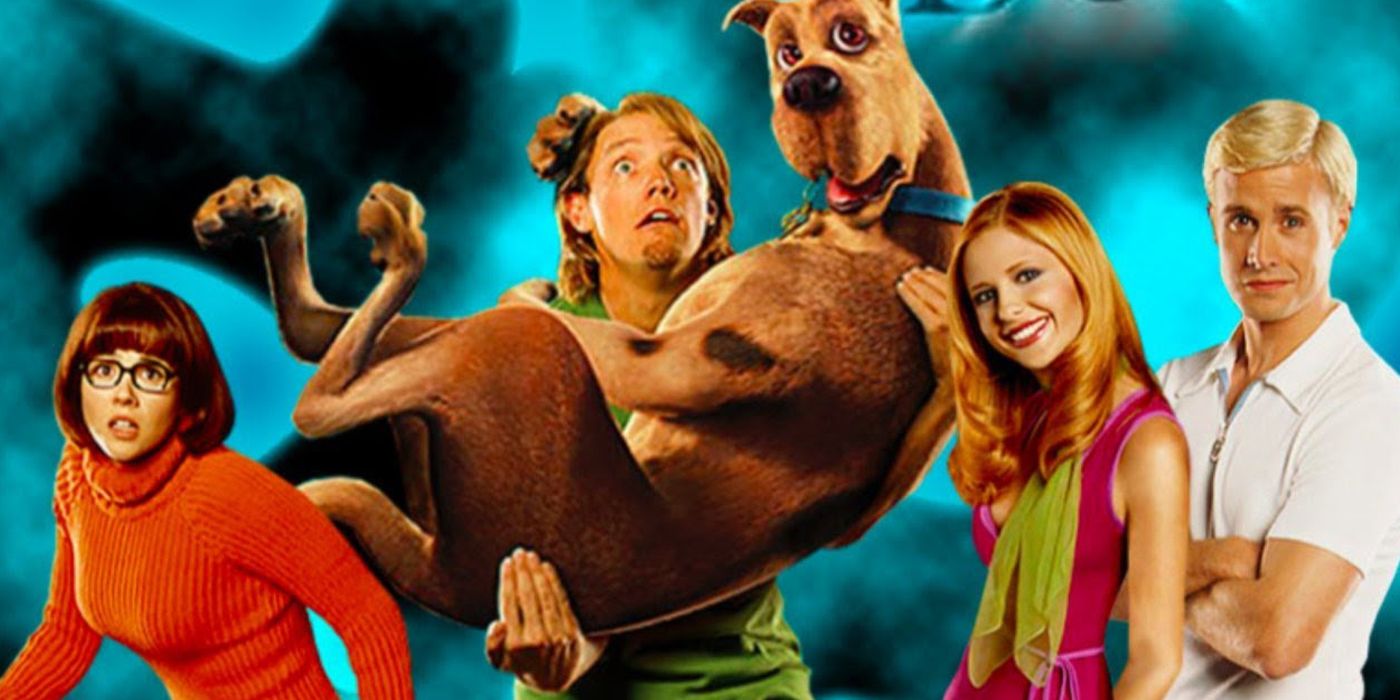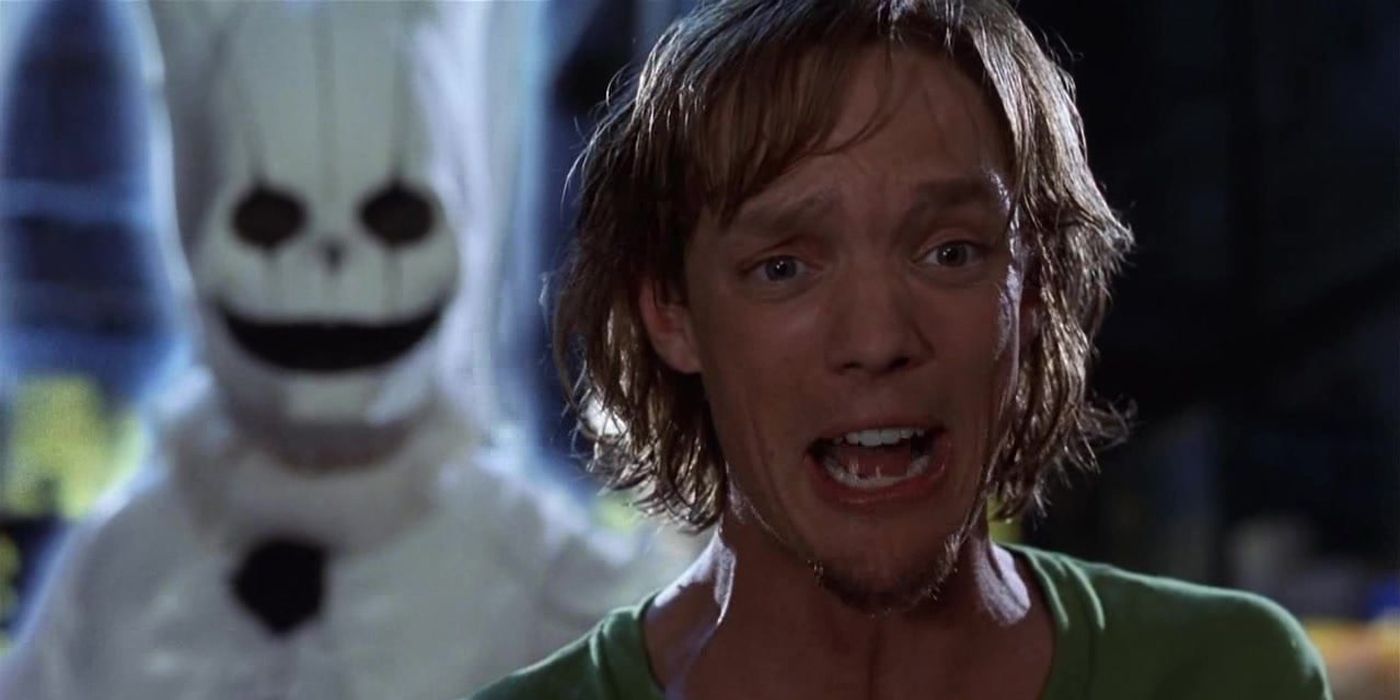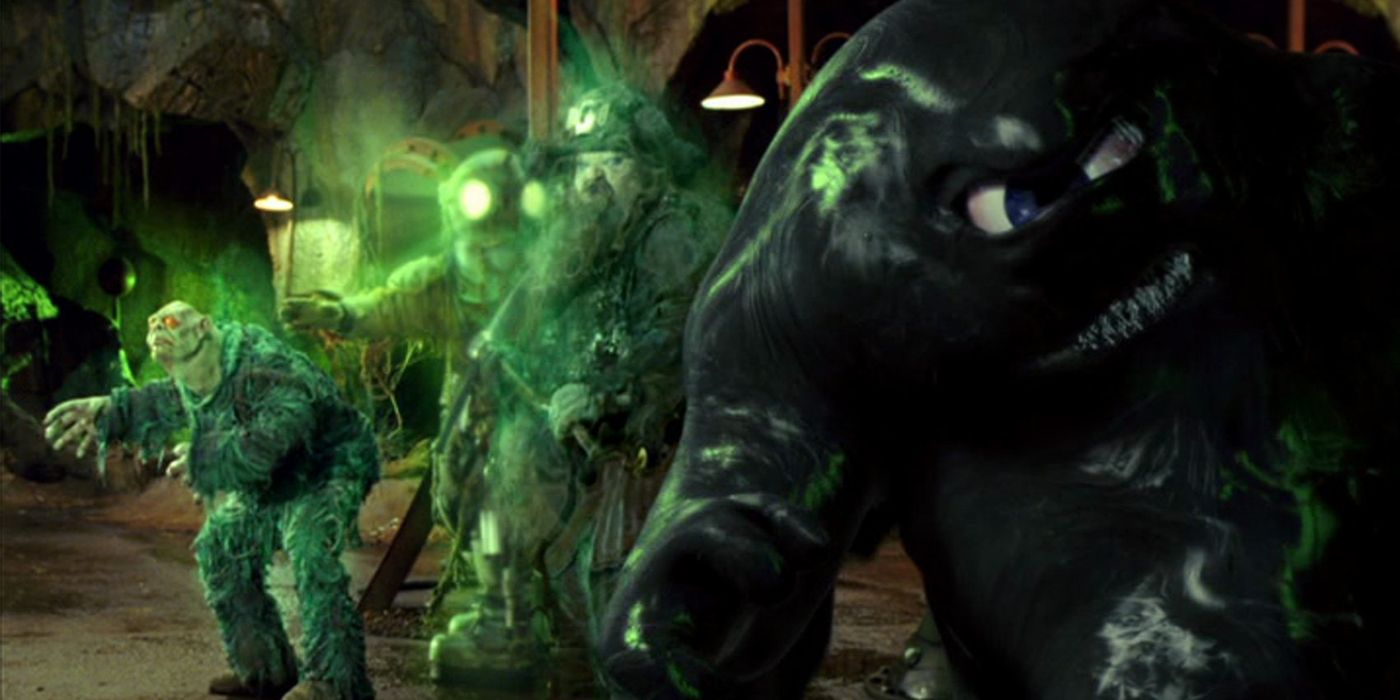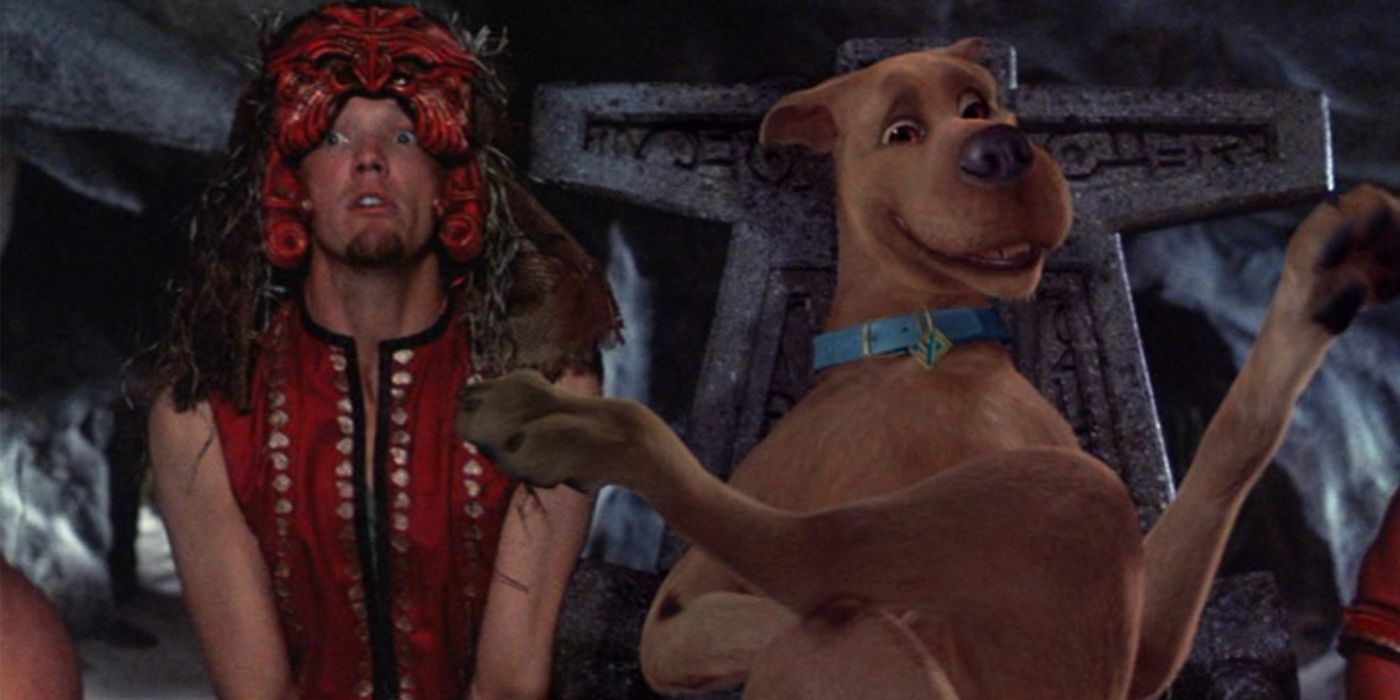With five live-action movies under its belt, the Scooby-Doo franchise has had its ups and downs. The movies Scooby-Doo and Scooby-Doo 2: Monsters Unleashed has a steady underground following for their interesting takes on the characters.
Scooby-Doo! The Mystery Begins and Scooby-Doo! Curse of the Lake Monster takes the gang back to high school to get a fresh, youthful take on Mystery, Inc.’s origins. Lastly, Daphne and Velma is a spin-off that imagines a world where the two are online friends who go to school together and solve a mystery. Each movie has its quirks and problems. Here are five things the movies got right, and five things they got absolutely wrong.
Wrong: Copying the Animated Movie Plotlines
When the animated movie market set out to make a more grown-up approach to Scooby-Doo in 1998, they had the idea to begin the movie with the separation of Mystery, Inc. Only a real mystery could bring the team back together. In the 2002 live-action movie of Scooby-Doo, it opens with the group splitting up as well.
The first animated movie, Scooby-Doo on Zombie Island also follows the gang being invited to come onto an island, by the island’s owner. The 2002 film does the exact same thing, replacing a young woman with Mr. Bean’s Rowan Atkinson. Strangely, both movies also have a Fred and Daphne kiss scene. It isn’t exactly beat-for-beat, but it is extremely similar.
Right: Overall Personalities
The five easiest parts of any Scooby-Doo media is the typecasting of Mystery, Inc. Fred is always the dumb jock with a heart. Daphne is sweet and pretty, but acts like an airhead, though constantly proving her intelligence. Velma is the nerd of the group and very clumsy. Shaggy is the stoner without drugs. Scooby is a talking dog.
Each of the movies does a solid job of keeping those character traits known while continuing to update the characters into realistic people. Each member of Mystery, Inc. gets their own moment to shine. Even the side characters introduced in the movies get a bit of their own development.
Wrong: Velma’s Sexualization
One of the key differences between the cartoons and the live-action films is how Velma, specifically the Linda Cardellini version, is portrayed as a much more sexualized person. The animated series and films have had a few times where certain parts of her are “enhanced” but that is more of a design change than character change.
Cardellini’s Velma has two distinct sexualized moments that go above and beyond the character. The first comes in the 2002 movie, where a bikini-clad Velma is dancing in a bathroom with several other girls, though the scene is just a deleted scene. But that doesn’t top the skin-tight orange leather jumpsuit she dons in Scooby-Doo 2: Monsters Unleashed. It's not a bad thing, it simply doesn't match the personality of the character as fans know it.
Right: Emotions
Most of the live-action movies do the characters right by their emotions. The characters merge the two worlds, the real world, and the cartoon world, into something interesting. When Scooby is scared of something, it is done well.
Velma and Shaggy had some really solid moments where they were allowed to be emotional without jokes and gimmicks. Velma gets to have a moment where she tells Fred how it feels to be her, and he recognizes his part in making her feel that way. Taking a 2D character and giving them the range to experience emotions is important for viewers.
Wrong: Scrappy
Scrappy-Doo, the small cousin of Scooby, has never been a fan-favorite character. Introduced during one of the many television series, Scrappy was supposed to fill multiple roles but ended up often being a jokester who didn’t understand jokes. What he wasn’t, however, was a villain who wants to kill Scooby.
The plot of Scooby-Doo 2002 is reliant on a few things, namely people remembering Scrappy well enough to know who he is but not remembering him enough to know he isn’t a villain. Also, his revenge kind of makes sense when you stop to think about the fact that Mystery, Inc. leaves him on the side of the road in a desert. Bad moves on all sides.
Right: Lore
Something all of the movies and television shows do well is the lore behind each of the monsters and mysteries. It is typically Velma who finds out the information and spits it out in a matter of fact manner, though every character gets their own monster moment eventually.
This has always been one of the defining aspects of Scooby-Doo. It was a work of fiction that held no punches when it came to the lore of locations, performing edutainment at its best. The live-action movies don’t get a lot of time devoted to the lore of their foes, but when the time does come, it is worth it.
Wrong: Live-Action with Animated Physics
The point of live-action is to use the real world as a stepping point for your unreal characters. The real world brings certain rules along with it. Scooby-Doo doesn’t follow the rules of physics for most of the media featuring the character, such as his famous running on air trick.
If part of the film needs to be more fantastical, then it should not be a pick and choose about when physics come into play. Any type of world-building, whether in books, movies, or television, needs to have rules that all characters adhere to. Most of the Scooby-Doo movies ignore that and will have Scooby jumping into Shaggy’s waiting arms, but other times, Shaggy can’t pick Scooby up.
Right: Shaggy Castings
As, arguably, the most crucial character in Scooby-Doo, aside from Scooby himself, Shaggy needs to be done correctly, otherwise the movie doesn’t matter. So far, every Shaggy has done a good job with the role and character, typically outpacing the rest of the cast.
Matthew Lillard’s time in Shaggy’s brown pants was one of the biggest highlights of the first two live-action movies. The same can be said for Nick Palatas, who starred as Shaggy for the other two films since Daphne and Velma don't have the rest of the group. Palatas had no big role before Shaggy, so he has become synonymous with the character for younger audiences.
Wrong: Mysteries and Monsters
One of the more interesting aspects of the Scooby-Doo franchise is just how often the big bad is a regular person who knows how to use some light switches well. The “It was Old Man Jenkins the whole time” line is something a lot of fans have grown used to. While there was a nod to this at the beginning of the first movie, it is quickly abandoned in favor of big action set pieces with “real” monsters.
The first movie sees Scrappy sucking the souls out of people, filling their bodies with rabbit demons, and eventually growing into a giant. The second movie sees a man make actual spirits and monsters out of costumes and magic. Rather than doing a down to Earth type of story, the live-action movies tend to go for the "bigger is better" approach, which doesn’t always work out.
Right: Scooby and Shaggy's Relationship
The crux of any true Scooby-Doo movie is the relationship between Scooby and Shaggy. It is the single constant across all Scooby media, except for their non-inclusion in Daphne and Velma. Because the pair have been best friends for decades, there have been plenty of times they have come head to head but made up in the end. Their dynamic is as equals, not pet and owner, so they can be combative and headstrong with each other.
In the first film, the two almost have a full-on fistfight, but both of them realize their mistake and come back together. There is a raw emotion between the two that is sometimes hard to pull off with two human actors, let alone an actor and a CGI dog. Yet the Scooby-Doo franchise manages to pull it off.

